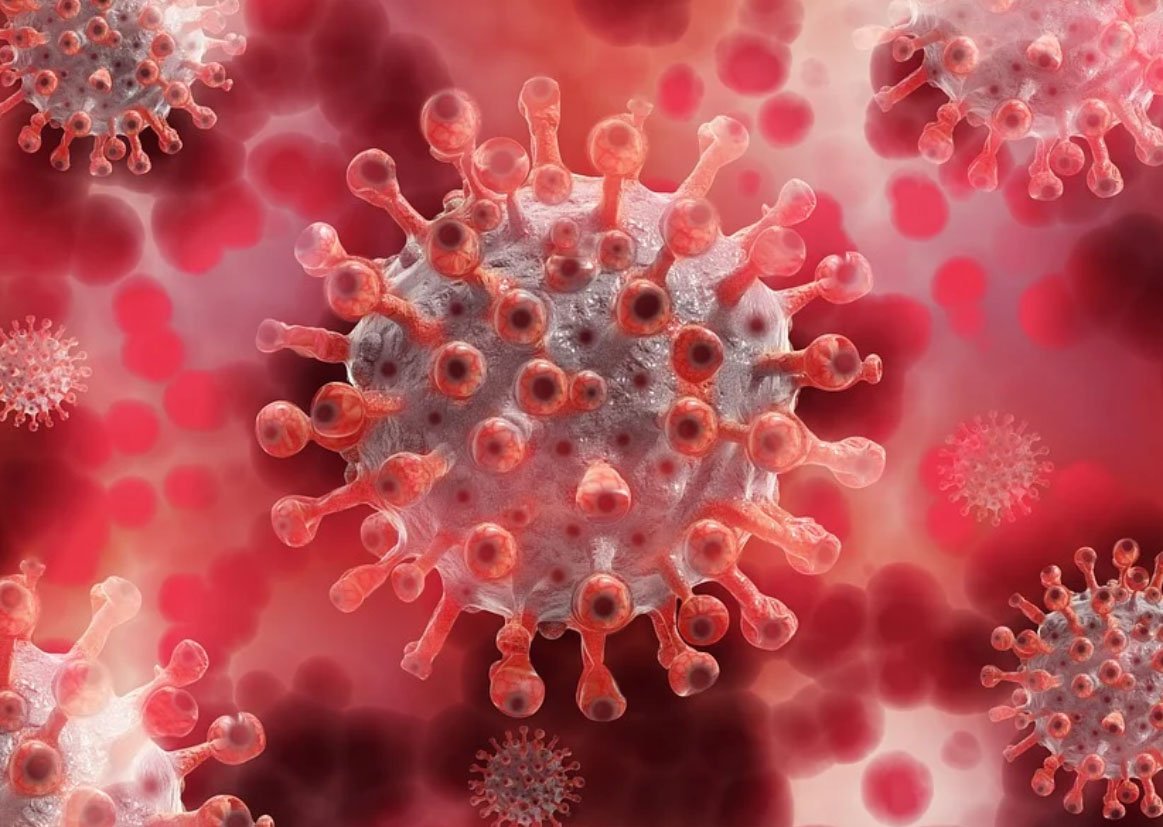Gom Mirian
A new sub-variant of COVID-19 called EG.5 and BA.2.86 has been causing concern among health officials and the general public.
The new strains, referred to as EG.5 and BA.2.86, were first detected in the United Kingdom and South Africa, respectively. However, the World Health Organisation (WHO) states that there is no indication that any variation poses a higher risk to public health than other variants already in circulation.
Here’s what we know about the new COVID-19 variants:
1. What is EG.5?
Ever since it first emerged, Covid has been mutating or shape-shifting and becoming incrementally different. The new genetic versions that keep appearing are called variants.
EG.5 is another off-shoot of the Omicron variant of Covid. According to the WHO, it was first identified in the UK and has since been detected in several other countries, including the United States and cases have been increasing steadily. In its latest assessment, the WHO includes EG.5 and sub-variants very closely related to it, including 5G.5.1.
BA.2.86: This variant was first detected in South Africa and has yet to be identified in other countries. While not as infectious as EG.5, it is still more contagious than the original strain of the COVID-19 virus.
2. Is EG.5 more dangerous?
Based on the available evidence, WHO officials say there is no suggestion the sub-variant is causing more severe disease and the risks are no higher than other current variants of interest.
Some tests suggest it can evade our immune systems more easily than some circulating variants but this has not been translated into people becoming more seriously ill.
In the UK, there has been a small increase in people in hospital in recent weeks, particularly those aged over 85, but experts say the numbers remain lower than previous waves. There has been no increase in people severely unwell in intensive care.
Experts around the world will continue to monitor the sub-variant and assess its impact, particularly as schools and universities reopen.
3. Where is EG.5 spreading?
According to the WHO, infections have been detected in 51 countries, including China, the US, the Republic of Korea, Japan, Canada, Australia, Singapore, the UK, France, Portugal and Spain.
4. What are the symptoms?
So far, there is no evidence to suggest that the new variants cause more severe symptoms than the original strain. However, the Nigeria Centre for Disease Control (NCDC), states that EG.5 causes symptoms like those seen with other COVID-19 variants, including fever, cough, shortness of breath, fatigue, muscle aches, headache, and sore throat.
It said the variant has not produced an increase in severity of illness and hospitalisation or difference in death rates in reporting countries.
5. How can you protect yourself?
As with other COVID variants, the risk of serious illness remains highest for people who are elderly or have significant underlying health conditions.
Health officials say vaccination remains the “best defence against future Covid waves, so it is still as important as ever that people take up all the doses for which they are eligible as soon as possible”.
The WHO continues to assess the impact of variants on the performance of vaccines to inform decisions on updates to vaccine composition.
Regular handwashing and staying away from others where possible where there are symptoms of a respiratory illness is also advised.



